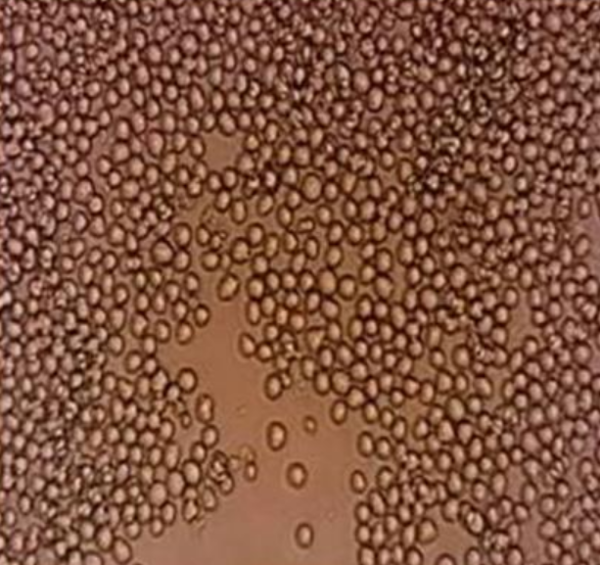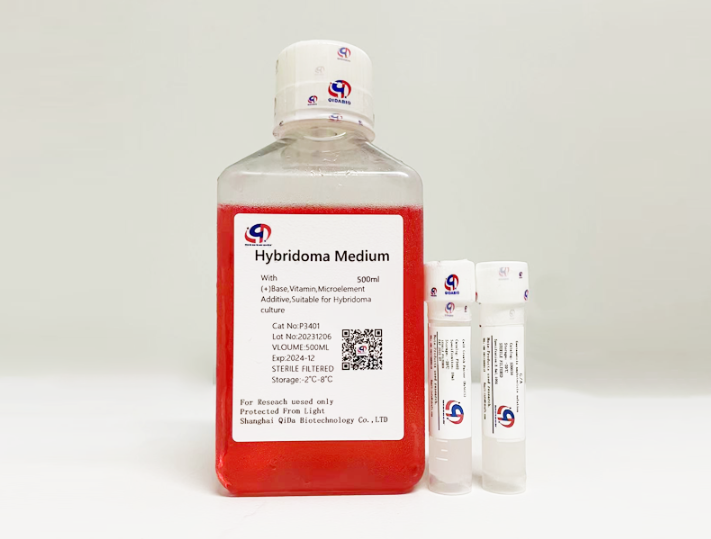Technical Support技术支持
CONTACT US
 400 179 0116
400 179 0116
24-hour service hotline marketing@ldraft.comE-mail
marketing@ldraft.comE-mail
Hybridoma cells 1.2.3.4
source:QiDa technoligy views:1534 time:2024-08-22
Hybridoma cells 1.2.3.4
Hybridoma cells are a special type of cell that is formed from a fusion of cancer cells and immune cells (such as B cells) outside the body. Hybridoma cells have the ability of infinite proliferation of cancer cells and antigen recognition of immune cells, so they are widely used in biomedical research and production. However, the screening of hybridoma cells is a very critical step, and only the appropriate hybridoma cells can be selected to ensure the accuracy and reliability of subsequent experiments.
Hybridoma cell preparation: :
1. Preparation of immunized mice: First, appropriate antigens are selected to immunize mice, and multiple injections are given to stimulate mice to produce specific antibodies.
2. Spleen cells were extracted: immunized mouse spleen contained B cells that produced antibodies, and the spleen was removed and prepared into single-cell suspension.
3. Preparation of myeloma cells: Select suitable myeloma cell lines that can survive in HAT culture.
4. Cell fusion: spleen cells are mixed with myeloma cells, and fusion agents such as polyethylene glycol (PEG) are used to promote cell fusion to form hybridoma cells.

Hybridoma cell screening:
1. Selective culture: The fused cells are placed in selective media, usually containing hypoxanthine, aminopterin, and thymine nucleoside (HAT) or HT. Only successfully fused hybridoma cells were able to survive in HAT/HT culture because they inherited the resistance of myeloma cells while retaining the spleen cells' ability to produce antibodies.
2. Preliminary screening by ELISA method: ELISA method is a hybridoma cell screening method based on antigen-antibody reaction. It works by coating the antigen on a microplate and then adding hybridoma cell culture fluid to bind the antibody to the antigen. Then, a horseradish peroxidase labeled secondary antibody is added to bind it to the antibody. Finally, the substrate is added so that it binds to the enzyme to produce a light-emitting signal. By measuring the intensity of the light signal, it is possible to determine the antibody production of hybridoma cells.
3. Clonal culture by limited dilution method: Limited dilution method is a hybridoma cell screening method based on monoclonal cells. It works by diluting hybridoma cells in a limited way, so that there is only one cell in each pore, and then culturing them. Under these conditions, only monoclonal cells can survive, while polyclonal cells die. In this way, monoclonal hybridoma cells can be screened to ensure the uniformity of antibodies.
4. Antibody specific detection: Further specific detection of antibodies produced by cloned cultured cells to ensure their specificity for specific antigens.
5. Expanded culture: hybridoma cells with the required specific antibodies will be screened for expanded culture to obtain a sufficient number of antibodies for subsequent research or application.
6. Cryopreservation: The screened hybridoma cells are cryopreservation for long-term preservation and use.
A serum-free medium for hybridoma is recommended:

The advantages of hybridoma serum-free medium mainly include the following:
1. The stability and repeatability of the culture are improved, because the serum-free medium avoids the influence of differences between serum batches.
2. Potential biosafety risks are reduced because the serum may contain unknown pathogens.
3. It is conducive to the purification and analysis of downstream products, because the serum medium composition is clear and does not contain too much hormone and vitamin interference
4. The addition of protein components required by cells improved the efficiency of cell growth and product expression, and some cell lines grew better under serum-free conditions.
5. Promotes regulatory compliance, and serum-free media are more in line with current pharmaceutical manufacturing specifications.







